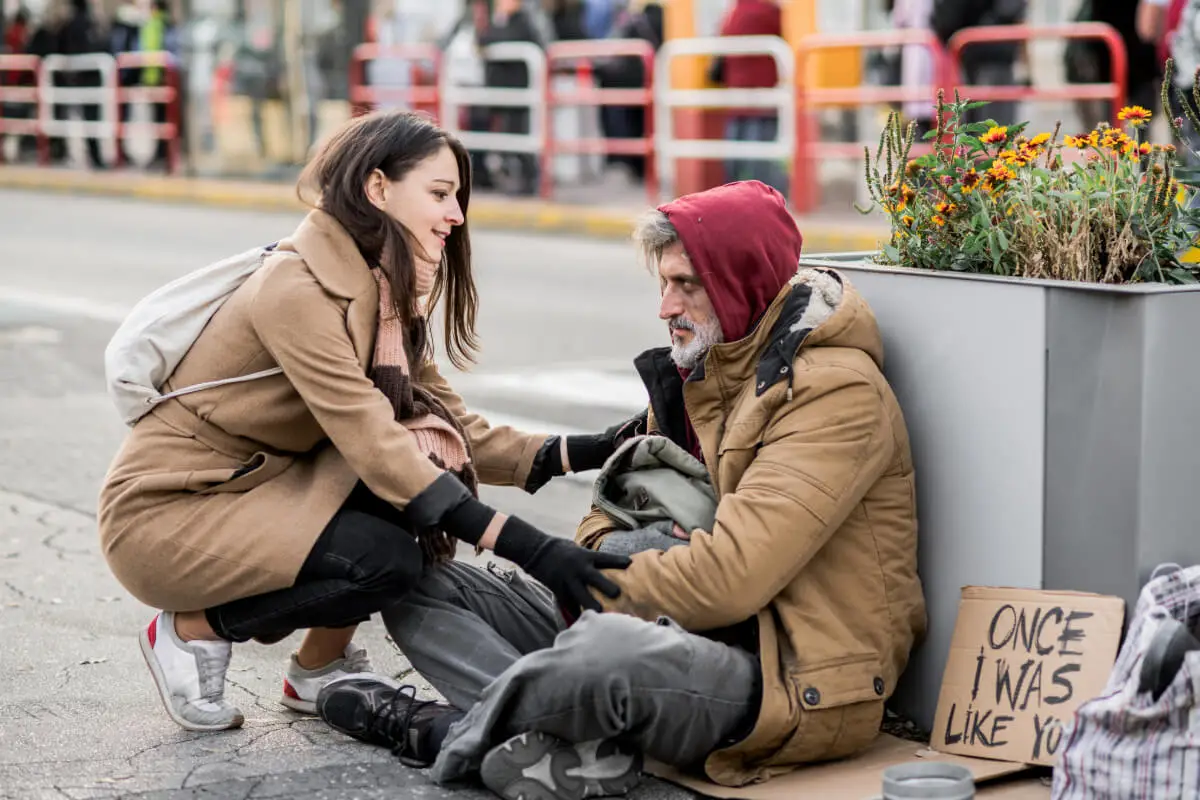In our globalized world, travel is more than just an escape. It’s an opportunity to witness firsthand the social problems affecting other societies. These social problems are deeply rooted issues that hamper societal functioning, challenge common values, or stand in contrast to social norms. Economic circumstances, cultural expectations, and political realities influence the gravity and the types of these problems from one region to another.
As a digital nomad, getting personally acquainted with these issues is essential to understanding and appreciating the broad range of human experiences. Additionally, the impact of social issues on societal structures, such as traditions, economy, politics, and vice versa, is invaluable, shedding light on how communities have formed and continue to transform.
Table of Contents
- Defining Social Problems
- Impact of Social Problems on Various Societies
- Impact of Travel and Tourism on Social Problems
- Addressing Social Problems: A Traveler’s Contribution
- Related Questions
Defining Social Problems
Through the Lens of a World Wanderer: Understanding Social Challenges
Jetting off to a different corner of the globe, absorbing the colors of new cultures, diving into the rich essence of every ethnicity—this is the lifestyle of a digital nomad, constantly on the move.
However, it is more than just a life infused with endless adventure; it’s also an opportunity to gain profound insights into societal issues worldwide. How? This narrative unfolds the traveler’s role in making sense of social problems.
Primarily, traveling incomparably broadens perspectives. Immersing oneself in various cultures profoundly alters perceptions of societal structures and issues. Travels take you on an odyssey through variegated landscapes, revealing, in the process, the multitude of ways societies function, celebrating the similarities, but crucially, acknowledging the contrasts.
Through this journey, societal problems come into clear focus. Struggles with environmental conservation in one place may starkly contrast with those in another. Issues of gender equality and human rights might be focused upon in some lands but are almost unheard of in others. A keen traveler absorbs these lessons, carrying them as invaluable insights into the world’s social fabric.
Furthermore, a traveler’s lens sharpens understanding of privilege and inequality. Roaming across geographical boundaries, diving into diverse cultural depths reveals how resource distribution starkly contrasts the world over. Seeing firsthand the vast chasm that divides the privileged from the underprivileged paints a rugged landscape of disparity, making social problems more apparent.
Witnessing poverty in developing nations, observing the survival struggles of indigenous tribes, or understanding harsh immigration laws paints a vivid picture of societal issues often missed in routine life. The traveler’s lens, thus, enriches dialogues about social justice, human rights, and inequality.
Moreover, traveling adds depth to the comprehension of social movements. Protests and strikes are not only local cries for change but are happening across the globe, each with a different story. Witnessing these movements in various countries underscores the urgency and universality of the need for societal transformation.
People’s resistance in Hong Kong, women’s rights in Middle Eastern nations, or environmental strikes in Australia are not isolated episodes of defiance but fragments of the same tapestry of social transformation. These movements find an interconnected narrative through the traveler’s lens, emphasizing the shared struggle for social progress.
Lastly, traveling promotes empathy—a crucial tool in understanding and solving societal problems. Observing the way of life and shared struggles of people around the world evokes a sense of empathy, turning dividers like borders and languages into mere lines on a map and a bridge toward mutual understanding.
In conclusion, through the lens of a traveler, societal problems are not merely abstract concepts discussed in newsrooms and academia. They are palpable realities witnessed and understood profoundly.
This tangible awareness expands conversations surrounding these issues and brings forth potential solutions from around the globe. As the age-old saying goes – the world is a book, and those who do not travel read only one page. It’s time we turned some pages and delved deeper into societal chapters worldwide.
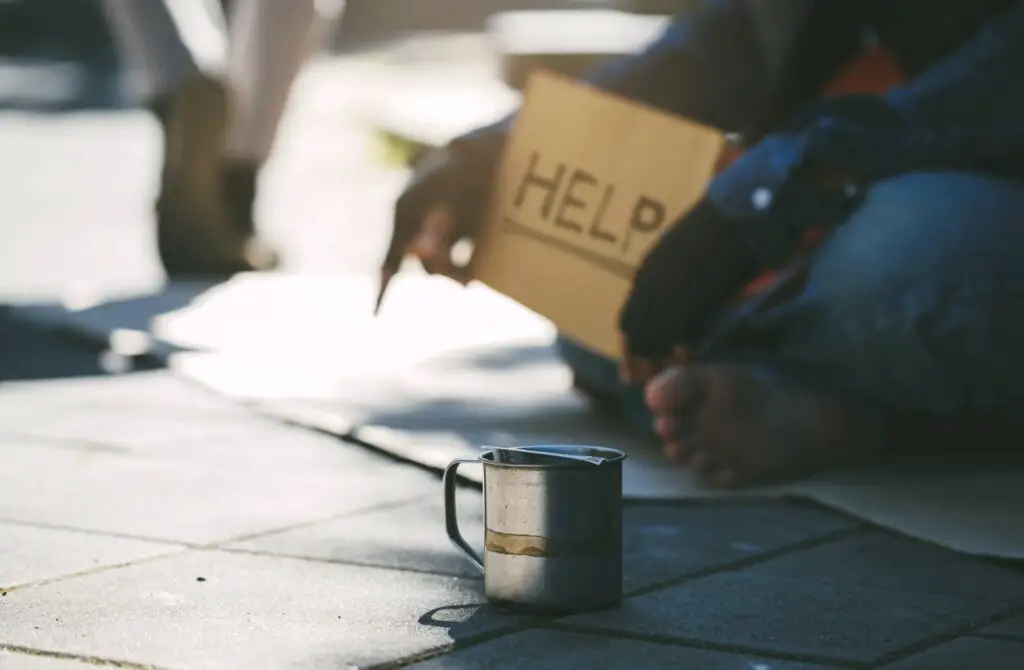
Impact of Social Problems on Various Societies
Behind the Passport: Travel’s Lens on Societal Shapes and Shades
Crossing international boundaries entails more than passport stamps and souvenirs. It’s an entry into the global classroom, revealing different societal fabrics across the globe. What teaching can be more profound than realizing how the pulsating diversity of social issues shapes societies?
A traveler knows that one’s initial encounter with a new locale isn’t merely a new pin on the map. Every skyline viewed, every language heard, or every dish tasted mirrors the societal norms and issues woven into that region’s DNA. So, let’s delve deeper into the lens of a globetrotter.
Firstly, perceptions are tinted by diversity in ideologies and beliefs worldwide. The confrontations, often presented as a clash between tradition and modernity, reshape societies intriguingly. In some lands, century-old customs harmoniously coexist with modern mores. In others, the resistance and struggle between the old and new create tensions that can undergird societal change.
Travel also exposes the raw stratifications of social classes and income disparities. The million-dollar ivory towers dwarfing the makeshift slums are not just confined to a nation but are an echoing narrative worldwide. Admiring the opulence while acknowledging the deprivation becomes not just an exercise in contrasts but an exploration of the consequences of unchecked economic inequality.
Healthcare, or lack thereof, is another social lens to explore. The different attitudes, accessibility, quality, and affordability of medical care or wellness practices are a rich tapestry of a society’s social fabric. Observing how societies choose to care for their people can inform critical insights into their inherent values and principles.
Migration trends, too, speak volumes about a society’s health. Whether witnessing distressed exoduss from conflict-torn regions or hopeful eyes searching for opportunity in bustling cities, each ebb and flow of human movement encapsulates societal problems and sheds light on global patterns for those who bother to see.
Witnessing firsthand the grip of societal issues on education is eye-opening. From densely populated schools in metro cities and humble village schools under a tree to illiteracy in marginalized communities, each facet mirrors education’s value in different societies, painting a broader picture of global struggles and opportunities.
Lastly, the environment’s plight in different locales is hard to miss. Glaciers are disappearing, smog-filled skies, wildlife trafficking, or successful reforestation efforts bare societies’ ecological consciousness and priorities.
From the majestic seven wonders to the nitty-gritty streets, each travel itinerary comprises enriching experiences that exhibit myriad faces of diverse societal struggles, triumphs, and transformations. Understanding these varying societal landscapes engenders a deeper appreciation of the complexity and interconnectedness of global societies.
Remember, as you venture out for another adventure, let the intention to glean insights from societal realities accompany you. Pack the joy of the journey, yes! But also make room for the wisdom gleaned from the world’s varied societal textures. After all, isn’t that the true spirit of travel – to explore, learn, empathize, and evolve?
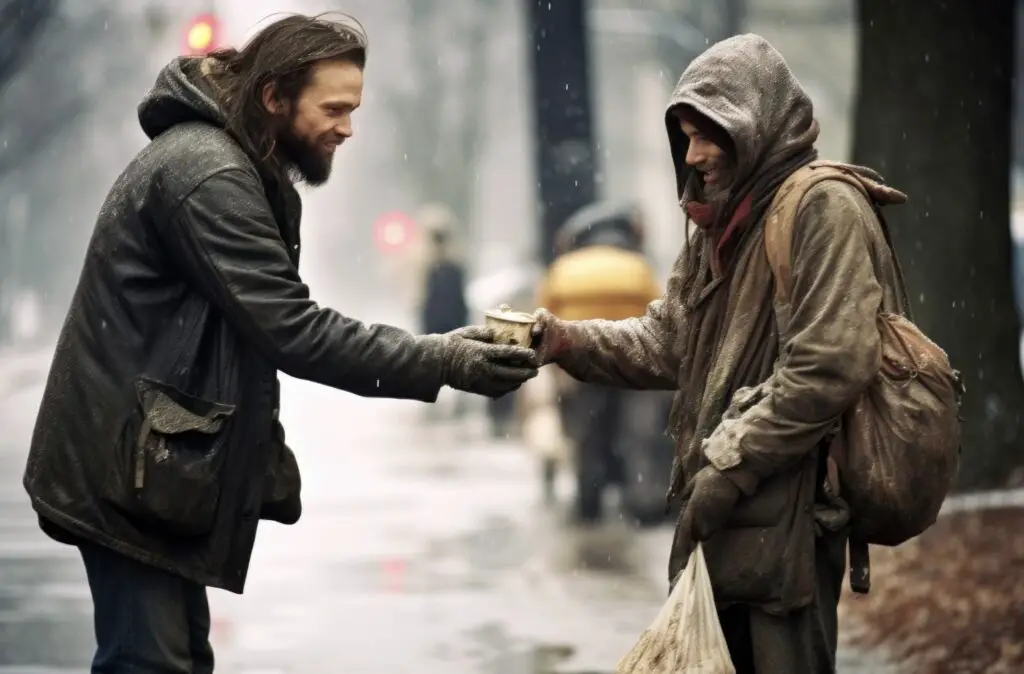
Impact of Travel and Tourism on Social Problems
Travel and tourism– these two activities catalyze a deep swirl of feelings. For some, they incite excitement, curiosity, and wanderlust. For others, the same represents fear, contempt, or discomfort. But no matter the sentiment, one fact remains clear: travel and tourism profoundly impact societies at a micro and macro level.
On the spectrum of these repercussions, some are rosy and others stark. For instance, economies bloom with burgeoning avenues for employment, and vibrant ethnocultural exchanges occur.
However, this sometimes leads to a deepening divide between the ‘haves’ and ‘have-nots.’ Amidst this tug-of-war of impacts, an imperative question arises: Can travel and tourism exacerbate or alleviate social problems?
Picture this: A backpacker ventures into a new city, soaking in its heritage, marveling at its architecture, sampling local cuisine, diving into its culture, and interacting with the locals.
This interaction often culminates in a novel source of income for the community—locals open homestays, sell local products, or offer guided tours. This economic uptick can be pivotal in alleviating a community’s problems, elevating living standards, and promoting prosperity.
On the other hand, our same backpacker absorbs the vicissitudes of life in this new city. They perceive the disparities—the robust corporate towers shining high, stark against the silhouettes of slum-dwelling locales, the bustling high-end boutiques a stone’s throw away from street vendors. Through this fresh lens, they can observe the clear-cut lines of social and economic inequality.
Tourism invariably churns the mix of societal structures, occasionally leading to increased gentrification or inflation in daily commodities, heightening the social divide. Although travel and tourism exacerbate problems, they can also provoke a positive response.
These stark contrasts can fuel worldwide awareness about these issues, stimulating pressure on policymakers to address structural inequalities and promoting global discussions on social equity.
Consider the rippling influence of tourism revolving around healthcare. A traveler’s quest to embrace wellness amidst their travels sometimes directs them towards alternative treatment methods prevalent in different destinations.
This can pave the way for encouraging the global integration of traditional healing practices and complementary medicine into mainstream healthcare. However, the lack of adequately established systems for certain therapeutic practices may also open the gates for exploitation and elevate socio-economic disparities.
Migration trends, driven by tourism, also have their share of societal implications. For instance, the infusion of diversified skills and knowledge between regions can potentially enhance the intellectual capacity of a society. Conversely, unchecked migration can strain infrastructure, amplify cultural clashes, and heighten locals’ insecurity.
Despite these collision points, travel and tourism can act as an age-old bridge for education. While there are many instances where popular travel spots are exploited, causing harm to heritage sites, there’s a flip side. Proper management of these sites can educate tourists about maintaining the sanctity and importance of historical treasures, fostering global respect for the world’s rich cultural heritage.
The interconnectedness of societies, a direct result of travel and tourism, while complex, underscores the need for cooperation between nations, cultures, and individuals. Diverse societies coming together can lead to unified strategies for critical global issues such as environmental problems. However, unregulated tourism can also degrade ecosystems and disturb wildlife habits.
In conclusion, travel and tourism are dynamic forces that deeply influence societies worldwide. They can either exacerbate or alleviate social problems, whether this concerns indigenous struggles, social disparities, or environmental issues.
This dual potential calls for responsible travel to foster beneficial effects and check those media through policies and education to create a comfortable world for travelers and locals alike.
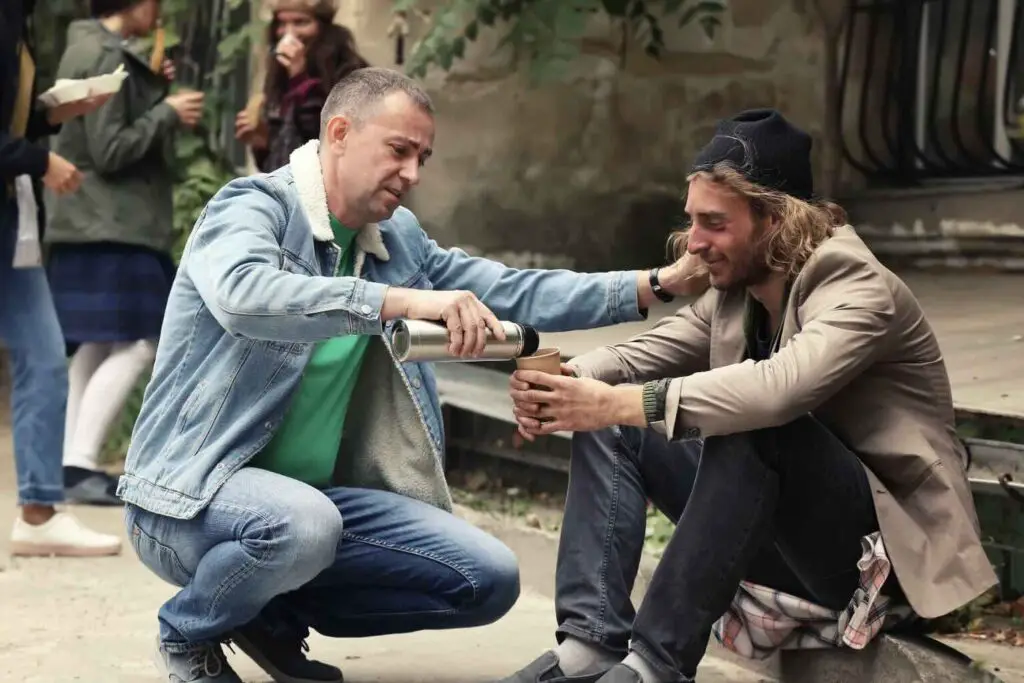
Addressing Social Problems: A Traveler’s Contribution
There’s something utterly captivating about the way travel enriches you, aligning the soul and culture, bridging gaps that seemed impossible, and helping you grow into a mindful global citizen. In pursuing fresh perspectives and novel experiences, travelers inadvertently become emissaries of peace and positions of influence in resolving social problems.
Much is said about the harms of the ‘white savior complex’ that can come with travel, but using one’s privilege creatively can help turn the coin on its head. You may wonder, “How can my wandering spirit serve as a tool for ameliorating social issues?” Well, believe it or not, there is a lot you can do.
Firstly, let’s plunge into local economics. Travelers play a vital role in lifting communities and individuals from poverty by contributing to local economies. Opting for local vendors over international conglomerates can keep revenues within the community, promoting better lives and reducing socio-economic disparities. From a nomadic falafel vendor in Istanbul to the delightful bed and breakfast in the heart of Belgium, every cent spent locally becomes a stitch in the social fabric of the communities you explore.
Secondly, one can contribute to the environment by leading with a responsible and sustainable approach to travel. From choosing eco-friendly accommodation to observing wildlife responsibly to reducing plastic usage – every responsible choice has a trickle-down effect. Promoting sustainable tourism subtly provides a framework for local and international policymakers and businesses to adopt environment-friendly strategies and practices.
Thirdly, the influence can also mean standing against negative societal trends such as overtourism. Too many footsteps spoil the broth, as it is with places like Venice or Barcelona. By exploring less popular, off-the-beaten-track locations, you find new experiences spa, read the socio-economic benefits of tourism more evenly, and curb the ill effects of over-tourism.
Lastly, you can advocate for local communities and policy changes back home as a traveler. By sharing experiences with friends, on blogs, social channels, and even decision-makers, you can create an awareness that escalates into waves of change.
Travel influences, shakes, and molds – not just the traveler but also the worlds they touch. The potent mix of financial impact, knowledge sharing, and advocacy shapes global policies and societal change.
So the next time you find yourself traversing through unusual terrains formulating an itinerary, remember, it’s not just about ticking off a list. Every journey is a step closer to bringing change, driving resolution, and making a better world – one trip at a time. Set forth, embrace the unfamiliar, and ride the waves of change. Safe travels!
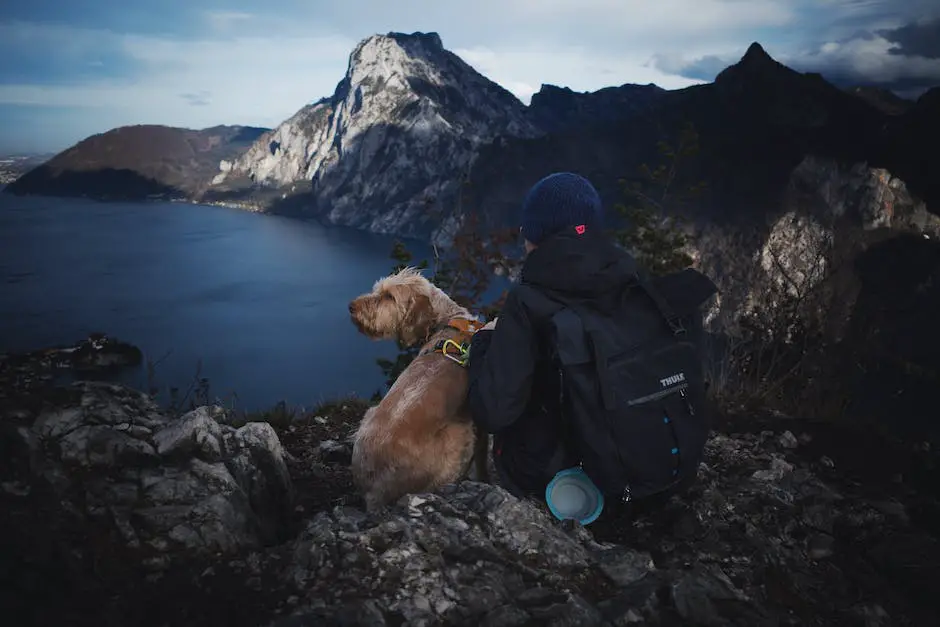
While tourists, specifically digital nomads, can directly and indirectly influence the social problems in the places they visit, their power to invoke change is just as significant.
Simple efforts like supporting locally-owned businesses and active participation in community development initiatives can make a substantial difference. With knowledge and awareness, everyone can make more ethical and responsible travel choices, recognizing the complex interplay between local communities and global visitors.
Ultimately, every individual has the potential to contribute constructively to the areas they visit, promoting understanding, fostering economic opportunities, and advocating for social equality in an increasingly interconnected world.
At A Bus On A Dusty Road, we talk about travel, life, and ex-pat living. We are all about “Living Life As A Global Citizen.” We explore social, cultural, and economic issues and travel.
We would love to have you be part of our community. Sign up for our newsletter to keep up-to-date by clicking here. If you have any questions, you can contact me, Anita, by clicking here.
Listen to our Podcast called Dusty Roads. You can find it on all major podcast platforms. Try out listening to one of our podcasts by clicking here.
Subscribe to our A Bus On A Dusty Road YouTube Channel with great videos and information by clicking here.
Related Questions
Guide To Pack To Travel to Mongolia In Springtime
I recently took a trip to Mongolia. I thought Mongolia would be in the middle of their spring weather, but I was wrong. The first day I got there, I looked out the window of my hotel room and found that Ulaanbaatar was blanketed with at least 5 inches of snow.
By clicking here, you can discover Guide To Pack To Travel to Mongolia In Springtime.
How Long Did It Take to Build the Whole Great Wall of China?
The Great Wall of China took over 2,000 years to build. The building span many Chinese Dynasties for about 22 centuries. The construction of the wall ended in the Ming Dynasty in 1644. The Great Wall is one of the largest human-made construction projects globally; the Great Wall is over 21,196 kilometers or 13,171 miles. There are over 25,000 watchtowers scattered throughout the Great Wall structure.
By clicking here, you can discover How Long Did It Take to Build the Whole Great Wall of China?
What is Mongolian Throat Singing Called? Mongolian Tuvan Throat Singing
Mongolian’s wide-open spaces are a perfect landscape for the Mongolian Tuvan Throat singing, as it carries the sounds of the singing over the beautiful hills and plains of Mongolian. Mongolian herders would practice throat singing as they herd their sheep, goats, and other animals.
By clicking here, you can discover What is Mongolian Throat Singing Called? Mongolian Tuvan Throat Singing.

